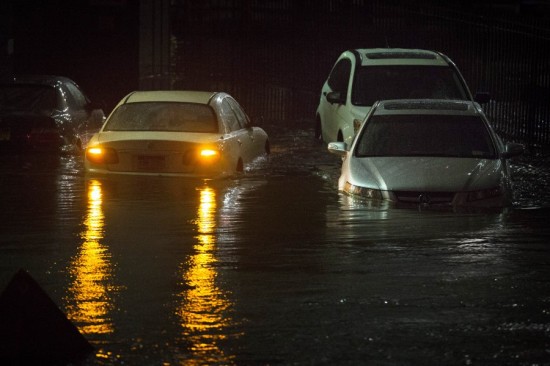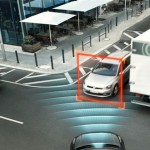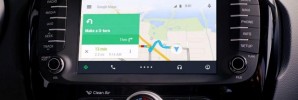What to do with a Flooded Car or Being Submerged
The destruction amount and path of Hurricane Sandy has yet to be concluded and fully calculated, but there’s death and immense damage that is still waiting to be revealed and uncovered. Cars aren’t exactly shielded from the wrath of mother nature, not at this kind of power, and here are a few tips regarding what to do in case of it being flooded or finding yourself submerged.
If your car has been submerged, the AAA cautions that you not to try starting a car that’s been submerged without first having a technician perform a thorough inspection and cleaning. Salt water, for those who live in coastal areas, can be particularly damaging to a car’s components.
Even if it starts up on the first try, a flooded car’s engine, transmission and fuel, brake, power steering and electrical systems are vulnerable to increased wear and premature failure due to the dirt and water that have made their way to every seam and crevice of a vehicle.
Tow trucks are set up to drive through about 18 inches of water to pull submerged vehicles to dry land, but don’t expect drivers to sacrifice their own safety or the integrity of their equipment negotiating levels deeper than that.
If a car has been completely or partially submerged, extensive disassembly may be needed for a thorough cleaning. Unfortunately, this doesn’t come cheap. Depending on its make, model and age, the cost to restore a flood-damaged vehicle could exceed its value, in which case the owner’s insurance company would consider it “totaled.”
According to the National Safety Council, if your car suddenly becomes submerged, stay calm and remain buckled in your seat. If the water is substantially deep, the car should remain afloat long enough for you to escape. Immediately unlock the doors and open the windows – your car’s power accessories should continue working for at least a minute or so.
Unbuckle your seat belt (and those of children or other riders who need assistance) and exit through the open windows, swimming to safety in the direction of the current if you’re in deep water. If they won’t open, try kicking out a side or rear window, though it won’t be easy. Those living in flood-prone areas might want to consider carrying a small hammer or specific car window-breaking tool in the glove compartment for this purpose.
If you can’t leave via a window and water is entering the cabin wait until the pressure is equalized on both sides of the door (usually when its as deep inside as it is outside) before attempting to open it.

 Volvo and Ericsson Team Up on Intelligent Media Streaming for Autonomous Cars
Volvo and Ericsson Team Up on Intelligent Media Streaming for Autonomous Cars  New 2016 Mustang Makes Its Way to Foreign Markets
New 2016 Mustang Makes Its Way to Foreign Markets  EarthRoamer XV-HD Is a Home Away from Home
EarthRoamer XV-HD Is a Home Away from Home  Volvo XC90, the World’s Most Powerful SUV Comes with Two Safety Innovations
Volvo XC90, the World’s Most Powerful SUV Comes with Two Safety Innovations 






